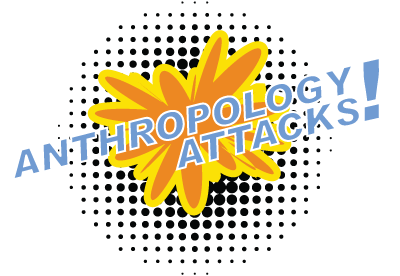I’ve been in Senegal for two weeks now. This is my first
time to Africa, and it certainly won’t be my last. For the most part, it has been
an easy transition, but I’d be lying if I said that my first couple days weren’t
completely overwhelming. It is one thing to be a foreigner here, but I get the
impression that my experience is strongly influenced by the fact that I am tubaab – a Wolof word that describes me
as a Caucasian, and implies that I have wealth. Senegal isn’t special in that
regard; people the world over tend to assume that “because you are white, you
have money,” which is a phrase I often hear. The onslaught of vendors just takes
some getting used to.
My research is coming along, if not in quantity, in great
quality. Already I’ve met with four professors at the University of Dakar,
three of which were familiar with Fagara
xanthoxyloides and were more than willing to lead me in the right
direction. The fourth is a mycologist, and when I initially met with her, she
had no idea what I was talking about. Once I explained what I knew about the
plant and its medicinal properties, she quickly volunteered her help. She has
been indispensible as a scientist, a cell biologist, and a Wolof-French
translator.
Before I came to Dakar, I had read that Fagara xanthoxyloides is a veritable quiver of medicinal arrows, except
the anthropological literature doesn’t seem to reflect that. So far, the
practitioners I’ve met with are versed only in its use, not its history or biochemistry.
(Next week, I will meet with a guérisseur [healer, in French] who worked at IFAN for
38 years as botanist.) These practitioners, instead of verifying that dengidëk
(Fagara sp., in Wolof) is used for the
things that I was hoping for (e.g. leukemia, tumors, malaria), stacked
more things on my list: It is apparently a painkiller. One can chew the dried
out root as a means to remedy a tooth ache; one can boil a tablespoon of the
powdered root and use it as a topical remedy for arthritis; one can burn the
root to fight off migraines; and so on.
On the topic of pronunciation (something that seems to amuse
me, as I am corrected everywhere I go), there are more versions. And “everyone
else’s version is wrong.” I was introduced to it as dengidëk (pronounced: [de ndʒi
dek]), and read that this is the most common form. Of course, everyone I’ve met
seems to smile at me endearingly (Silly
tubaab!), and disagree. I’ve also heard two versions of gengidëk
(pronounced either: [dʒe ngi dek] or [dʒe ndʒi dek]). Today, a man insisted that
it’s actually called [dne ndi dʒek]. To the chagrin of my mentors back home,
I am no linguist, and so my interest stops at the fact that there seems to be
no consensus. I might suppose that this could make accessibility difficult for
those in need, but if I can find it with my terrible French and nearly
non-existent Wolof, I think anyone can.
That brings me to affordability. I made an appointment for a
consultation with a practitioner, and used that time to interview him. As this
was time that he could spend seeing a patient, I paid him the normal rate for
such a consultation: 3000F (about US$6). At the end of consultation, he gave me
about an ounce of the powder form of Fagara
at no additional charge. Is 3000F affordable for the average Dakarois? Is a big bag of saw dust
normally given at no extra charge? These are things that I still need to figure
out when I come back next week. I did make it to the market, though, where I
was able to find some sticks. One small bundle costs 200F (about US$0.40). The
merchant wasn’t particularly helpful aside from telling me that it was "good for
the bones," so I’ll need to find a different merchant to tell me what I
want to know about their source, how it’s harvested, and how it’s prepared, as
well as general profile of their clientele (e.g. What kind of people come to
you most often for dengidëk? How often do they return? What
ailments are the most common? Are sticks or powder preferred?).
I’ve been here two weeks, and I feel like I should be
getting so much more done. To be fair though, I’ve been sick twice, spent five
days in Saint-Louis (where I had absolutely no time for research), spent a day on
Gorée
Island, and I have classes from 9AM to 1PM, Monday through Friday. Fortunately, I have been observing a lot of things that I'd like to know more about - future research topics and opportunities. The subject of public health in Saint-Louis is particularly enticing.
I will try to post again within the next two weeks, and give
an update on my research. I’m hoping my progress will jump by leaps and bounds
after I meet with the guérisseur next week.
Ba beneen [Until
next time, in Wolof]!

No comments:
Post a Comment